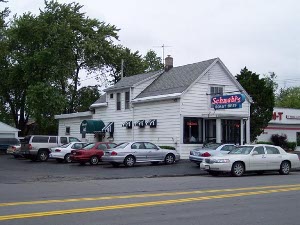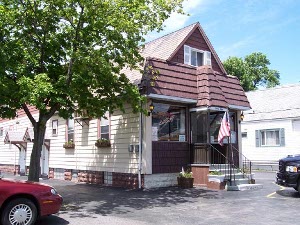 Mormon Temple, Kirtland
leaving cliffs and woodland with many varieties of trees and vines and wildflowers and bushes and grasses. Between the fields and forests and farms are dozens of communites, large and small.
Mormon Temple, Kirtland
leaving cliffs and woodland with many varieties of trees and vines and wildflowers and bushes and grasses. Between the fields and forests and farms are dozens of communites, large and small.
Northeast Ohio, east of Cleveland, is hilly and filled with forest groves. Rivers and creeks heading north to Lake Erie have dug deep ravines,  Mormon Temple, Kirtland
leaving cliffs and woodland with many varieties of trees and vines and wildflowers and bushes and grasses. Between the fields and forests and farms are dozens of communites, large and small.
Mormon Temple, Kirtland
leaving cliffs and woodland with many varieties of trees and vines and wildflowers and bushes and grasses. Between the fields and forests and farms are dozens of communites, large and small.
Downtown Kirtland, Ohio, looks as it did fifty years ago. Joseph Smith brought his early Mormon followers here from New York State in 1832. They prospered up to a point, but their bank ran into local opposition and a national banking crisis. They did complete their first temple before moving on west. (They settled once again, in Nauvoo, Illinois, before local intolerance forced them on their final trek to Utah.)
Kirtland has become a bit of a tourist center; there's a nineteenth century farm, a general store, a blacksmith house, the homes where some of the early church leaders lived, and the temple, which is a remarkable piece of architecture, especially considering the time and place it was  Schwabl's Roast Beef
built.
Schwabl's Roast Beef
built.
The Reorganized Church of Latter Day Saints now owns the temple and gives tours; many other splinter denominations return from time to time to meet in the historic building. There are three floors, arranged for a church on the first floor, religious education on the second, and offices on the third. Church leaders sat in boxes marked with initials, the precise meaning of which is now forgotten, our young guide told us.
President Garfield's home is in nearby Mentor, but instead of touring the mansion we bought the book entitled Dark Horse: The Surprise Election and Political Murder of President James A. Garfield, by Kenneth D. Ackerman. It's a well-written history, and we offer it to the first requester.
 Scharf's Restaurant
Scharf's Restaurant
Route 66 got the song, but old Route 20 from Boston to Seattle travels through lots of interesting cities and towns. It's a nice slow alternative to the freeways and turnpikes. The business along these old U.S. highways are gradually closing down and relocating near the interstate interchanges. But there are nice looks into the past, like small full-service garages and old-fashioned farms. As full-time travelers, we enjoyed the optimistic highway safety sign, "Buckle Up Next Million Miles."
We thought about our good friend the Admiral as we drove through Erie, Pennsyslvania, the city where he grew up. Then it was on to North East, Pennsylvania, where we were waylaid by acres of vineyards on both sides of the road. The people here have got the wine bug, bad. The list  Rye from Pumpernick'n Pastry
of wines from the Arrowhead Winery includes Chardonnay; Reflections of Lake Erie; Riesling; Niagara; Buffalo Blush; Pink Catawba; Cabernet Franc; Cabernet Sauvignon; Chambourcin; Merlot (coming in 2005); Fredonia; Concord; Port; Apple; Blueberry; Cherry; and Peach. There were numerous signs for the Chatauqua Wine Trail, but no indication that the tasting would be accompanied by enlightening public lectures.
Rye from Pumpernick'n Pastry
of wines from the Arrowhead Winery includes Chardonnay; Reflections of Lake Erie; Riesling; Niagara; Buffalo Blush; Pink Catawba; Cabernet Franc; Cabernet Sauvignon; Chambourcin; Merlot (coming in 2005); Fredonia; Concord; Port; Apple; Blueberry; Cherry; and Peach. There were numerous signs for the Chatauqua Wine Trail, but no indication that the tasting would be accompanied by enlightening public lectures.
In Buffalo we enjoyed some gastronomic delights: beef on weck at Schwabl's; liver dumpling soup and sauerbraten at Scharf's; red hots at Louie's; a loaf of seeded rye from Pumpernick 'n Pastry on Clinton; and Diane's chocolate brownies with a Reese's peanut butter cup embedded in the top! It was good to see old friends again and talk and talk and tour the botanical garden.